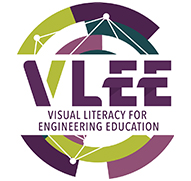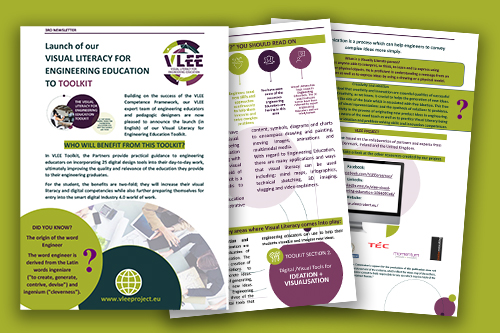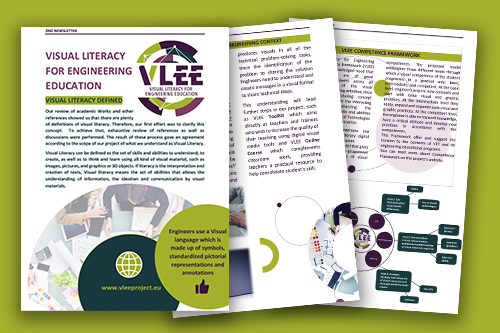Much like digital literacy, visual literacy is cross disciplinary and can be applied in most subject areas. Therefore, educators are encouraged to not only understand how these visuals can be used as educational resources, but how they can add value to activities in the classroom.
Experts at MESH, an independent education organisation, have written a guide on the topic of visual literacy. It discusses how visual literacy encompasses all kinds of mediums – including illustrative content, drawings and paintings, moving images, maps, animations and multimodal media.
On its importance, they cite the Association of College and Research Libraries (ACRL): ‘a visually literate individual is both a critical consumer of visual media and a competent contributor to a body of shared knowledge and culture’ (Hattwig et al., 2011). This means a visually literate learner will not only be able to critically discriminate between the visual information that is presented to them, but they will also be able to visualise abstract concepts.
When it comes to incorporating visual literacy into your lessons, there are several resources to help you get started. In particular, teachers are encouraged to look at a visual media archives or collections and portals, both contemporary and historic. Online visual tools and platforms like YouTube and Flickr also have a wealth of content to choose from.
To find out more about visual literacy, click the link below:
https://www.teachermagazine.com.au/articles/visual-literacy-questions-to-ask-your-students




